Lessons learnt from Bac Giang’s growth and bottlenecks
BAC GIANG – The northern province of Bac Giang is accelerating its development path, but long-term sustainability requires tackling structural bottlenecks. From foreign direct investment (FDI) dependency and weak local business linkages to workforce quality, infrastructure gaps and urban planning, the province must address challenges to maintain momentum amid regional integration.
Reform mindset powers breakthroughs
Behind Bac Giang’s rapid growth lies a shift in governance, driven by innovation and willingness to reflect and adapt. Early in the 2020–2025 term, the provincial Party Congress set an ambitious GRDP target of 14–15% annually, identifying three strategic breakthroughs: infrastructure development, human resources quality and administrative reform.
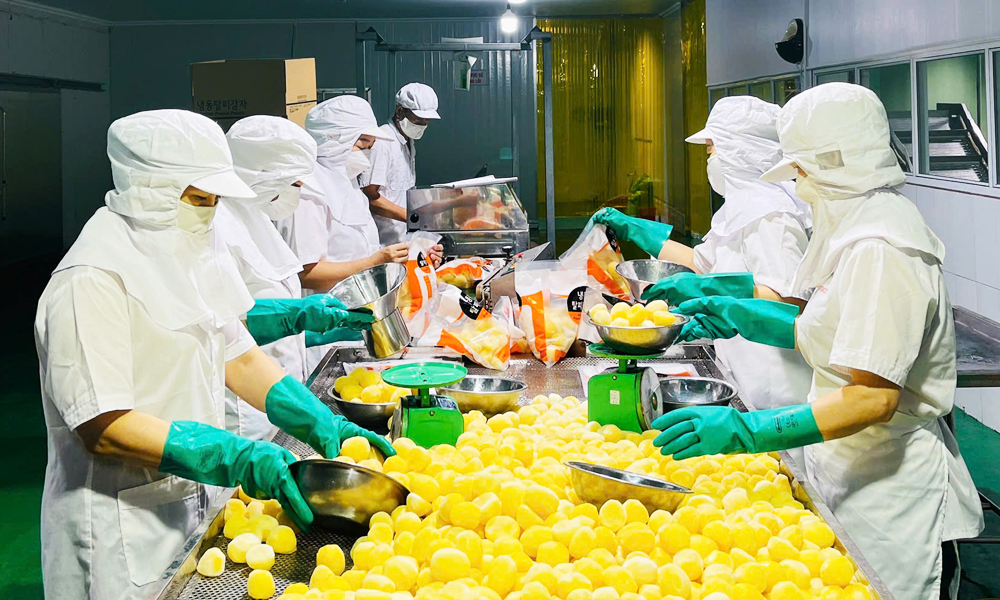 |
|
Agricultural processing line at Vifoco Bac Giang Import-Export JSC. |
Many key targets have already been exceeded. Nguyen Cuong, Vice President of the provincial Business Association and former Deputy Director of the Department of Planning and Investment, attributed progress to a change in leadership mindset—prioritizing industrialization, improved investment climate and regional integration.
Recognizing that growth could not be achieved in isolation, Bac Giang aligned with the Hanoi–Hai Phong–Quang Ninh economic triangle, investing heavily in transportation networks with support from both local and central budgets.
Alongside regional connections, the province overhauled its internal transport grid, unlocking growth in rural areas. A standout initiative is the rural road programme, which mobilized citizen support and more than doubled initial targets.
Villages now have two-lane roads with street lighting, enabling high-standard agricultural zones to connect with international markets. This inclusiveness is key to Bac Giang’s “livable province” branding.
Reform and resilience as growth pillars
|
Bac Giang has continuously climbed in rankings, becoming the fastest-improving province in Vietnam’s provincial competitiveness index over the past 20 years (2005–2024). This progress has fostered strong investor confidence and widespread investment momentum among domestic and foreign businesses. |
Understanding that hard infrastructure alone isn’t enough, Bac Giang prioritized utilities like electricity, water and telecoms to support modern industry and agriculture. It also emphasized workforce training aligned with economic restructuring.
Administrative reform emerged as a key driver. The province views investor success as its own, leading to a 20-year streak (2005–2024) as the fastest climber in Vietnam’s provincial competitiveness index (PCI). This has bolstered investor confidence and industrial expansion, generating jobs, tax revenue and ripple effects across sectors.
While leveraging central resources, Bac Giang has actively mobilized internal capacity to execute its strategies—particularly in industrial growth, which has attracted workers and experts from across the country, raising local incomes.
This industrial base has spurred urban development, turning agricultural land into housing and public infrastructure. A self-reinforcing growth cycle is taking shape, with industry as the engine pulling urbanization and quality of life improvements.
Identifying bottlenecks
Despite these achievements, Bac Giang faces challenges that could hinder progress. Its economy remains heavily reliant on FDI, making it vulnerable to global shifts. Domestic firms are generally small and weak, lacking access to supply chains, while industrial clusters are still nascent. Investor retention is a concern, as many leave after incentives expire.
 |
|
Students at Vietnam–Korea College of Technology during a semiconductor technology practice session. |
Another bottleneck is fragmented planning in industrial parks. Inconsistent or outdated plans have delayed projects and land shortages have deterred large investors. Meanwhile, high infrastructure rental costs and weak regulatory oversight have dampened appeal.
Rapid growth has also revealed cracks in human resource quality. Local labor often falls short of the demands of high-tech industry, leading to shortages of skilled workers.
Governance weaknesses persist, with some delayed or inactive projects left unaddressed. Cases of tax evasion, delayed social insurance payments, and wage arrears have also surfaced. The pace of industrialization risks straining the environment and urban services, especially for workers and experts.
Despite high investment volumes, actual budget contributions remain modest, indicating a quality gap in FDI. Oversight of incentives, taxes, and corporate social responsibility remains limited.
Agriculture, once a stronghold, also faces sustainability issues. Growth is slowing, labor productivity is low, and value chain linkages are weak. High-tech agriculture struggles to attract investment due to land and infrastructure constraints, along with perceived risk.
Meanwhile, services lag behind industry, creating development imbalances. Bac Giang lacks critical industrial support services such as logistics, worker housing, preschools, and cultural amenities. High-quality services for foreign experts, including housing, dining, and entertainment, are also limited, hurting competitiveness.
Experts say the province’s investment policy remains too open-ended, lacking rigorous investor screening. Weak mechanisms for tech transfer and domestic linkages, along with limited post-incentive monitoring, are issues that need urgent attention.
Administrative procedures in some sectors remain cumbersome, delaying access to development opportunities. Some major investors establish factories but do not share core knowledge, limiting local self-sufficiency. Without stronger infrastructure, policy, and governance preparation, the risk of “quick capital flight” looms.
Looking ahead, Bac Giang must refine its institutional framework, enhance investment quality and develop industry, agriculture and services in parallel. These are not just practical imperatives but strategic foundations for its next growth phase—especially as it prepares for deeper regional integration with neighboring Bac Ninh.
 Bắc giang
Bắc giang

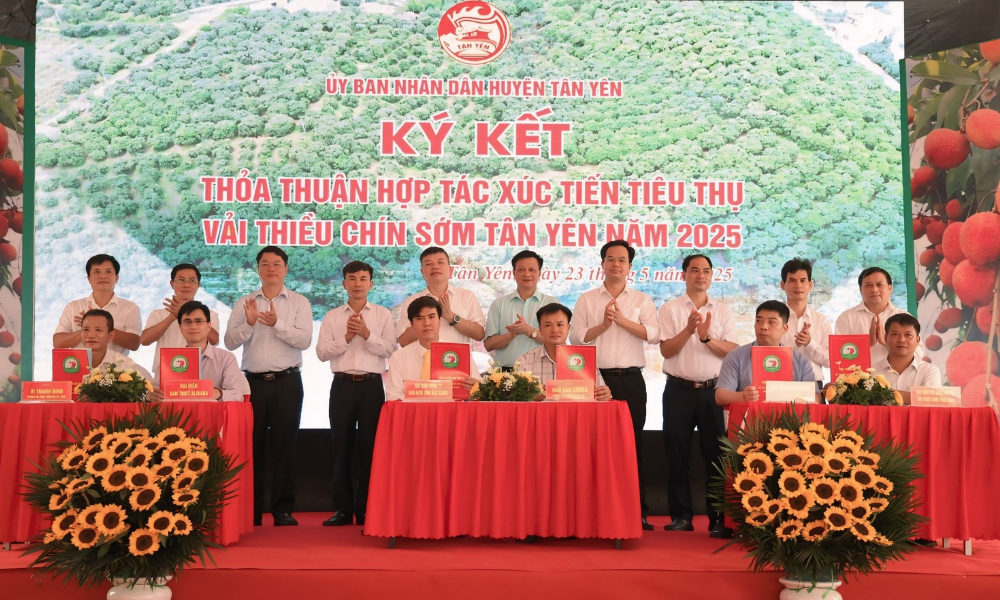
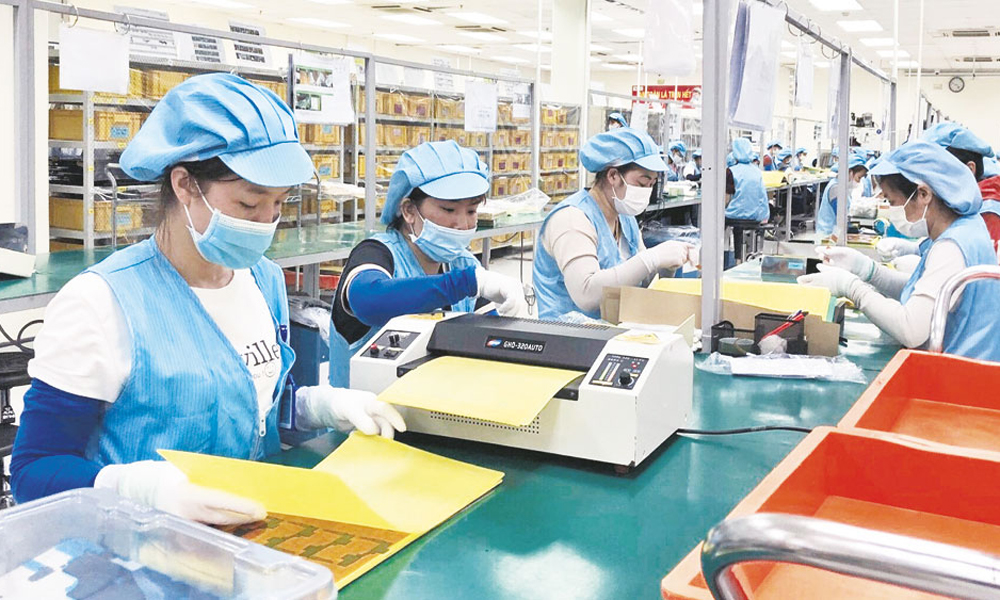

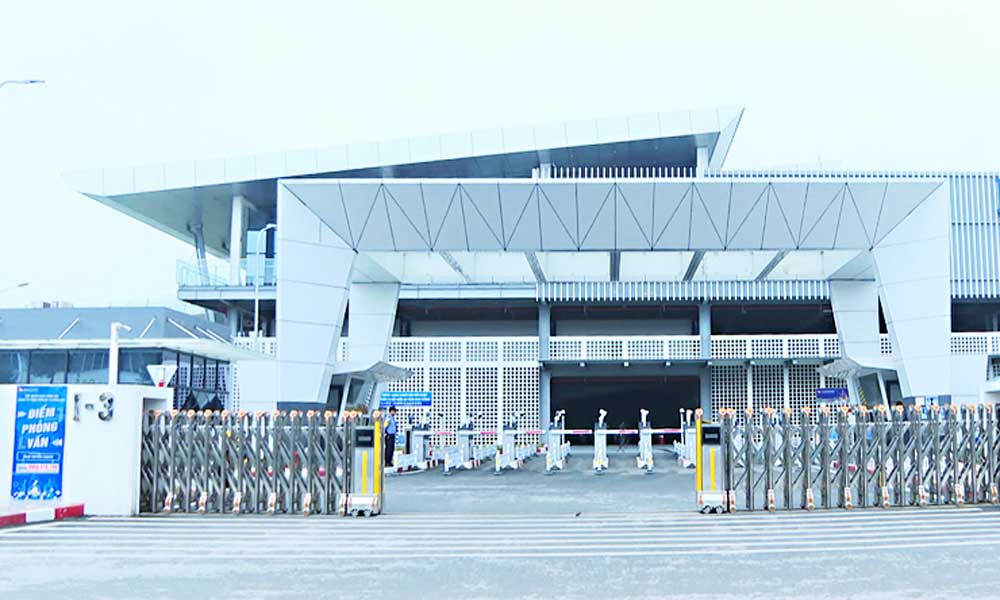
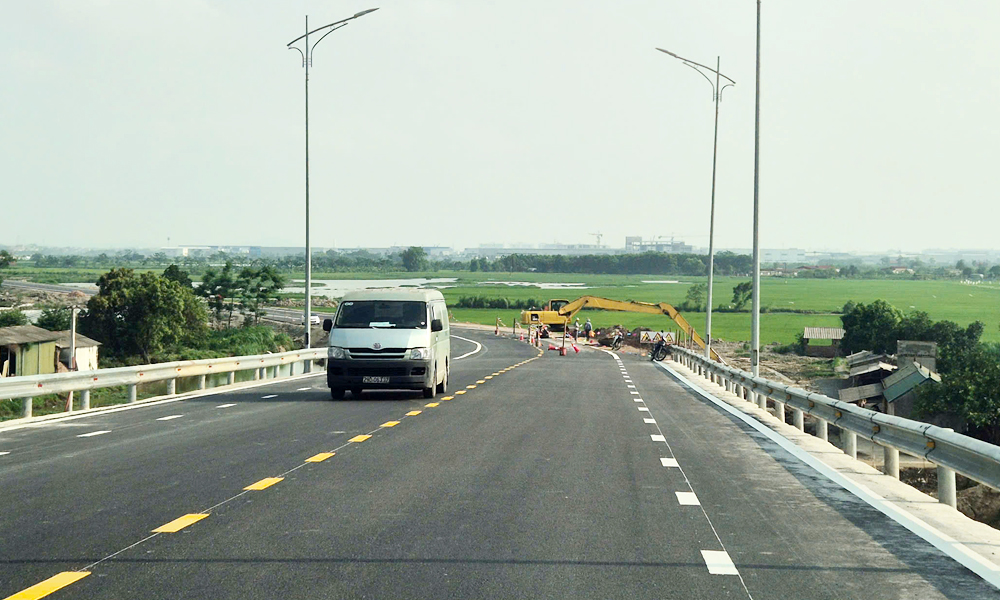
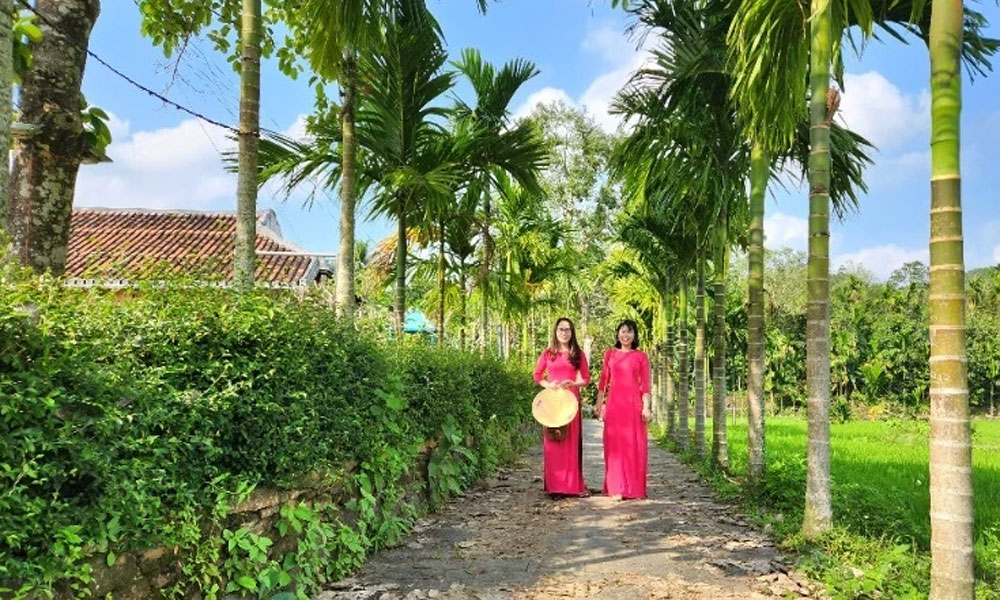
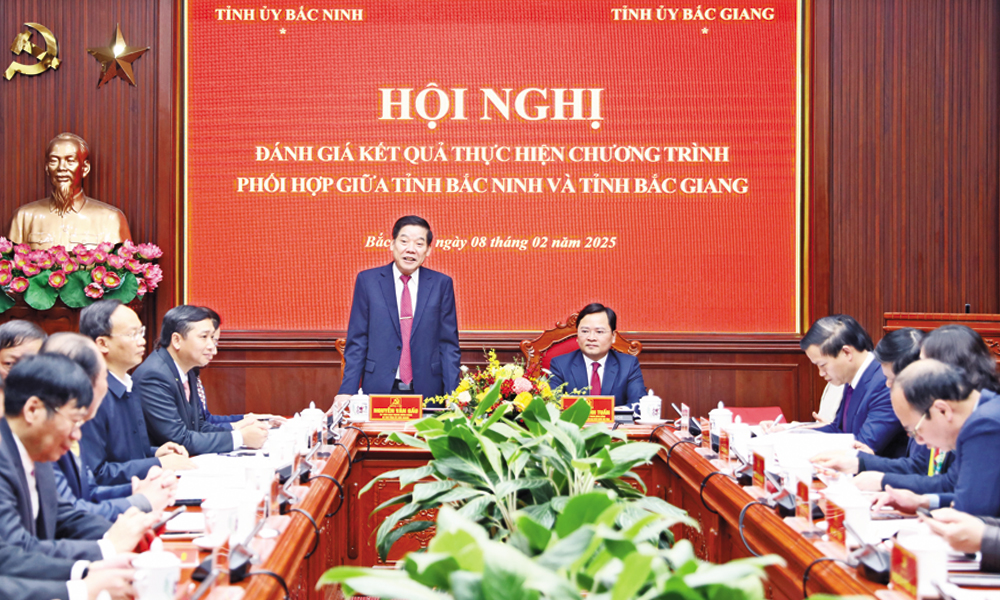
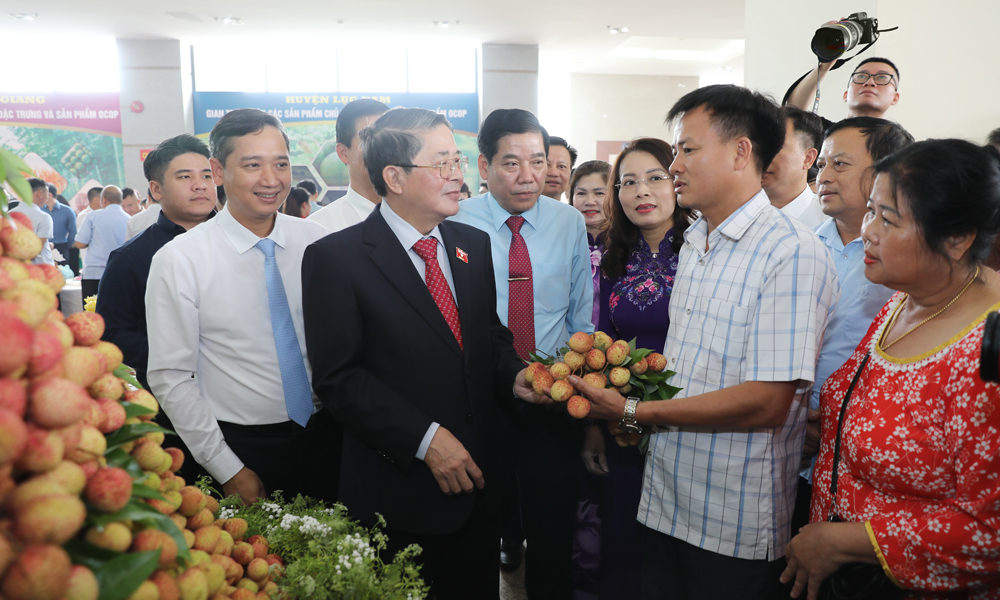
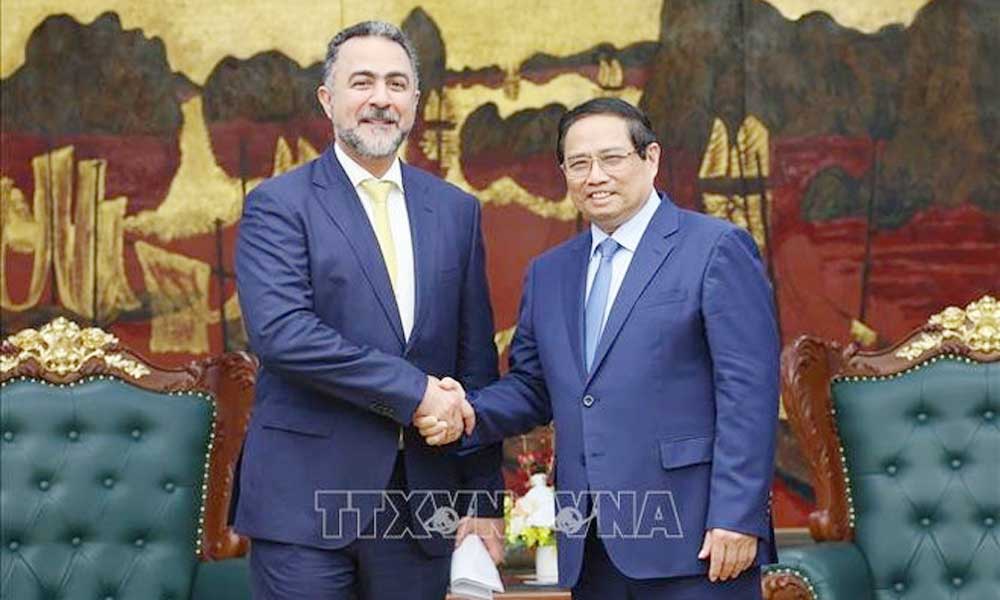

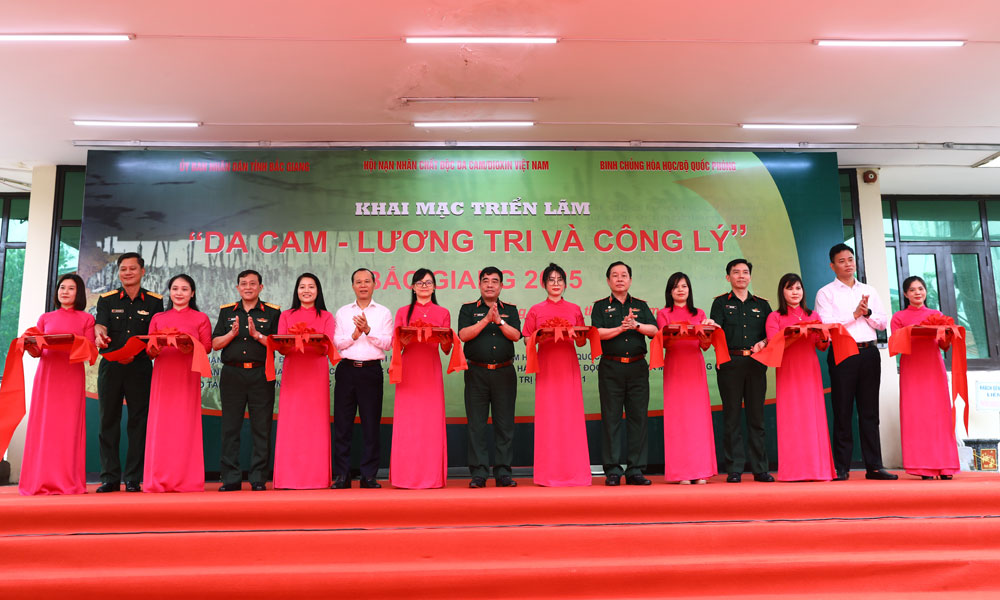

Reader's comments (0)